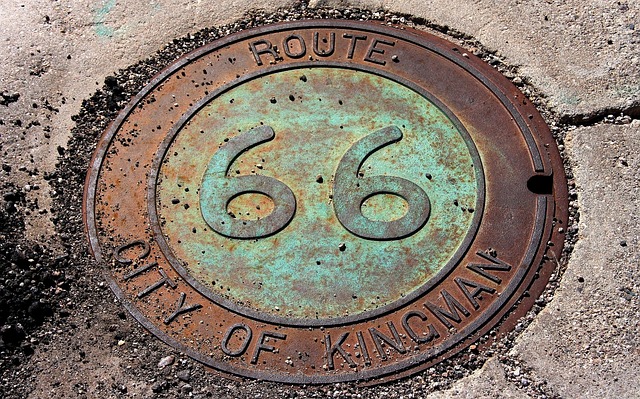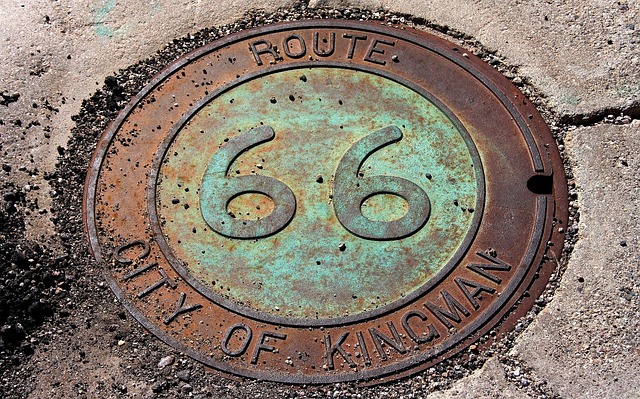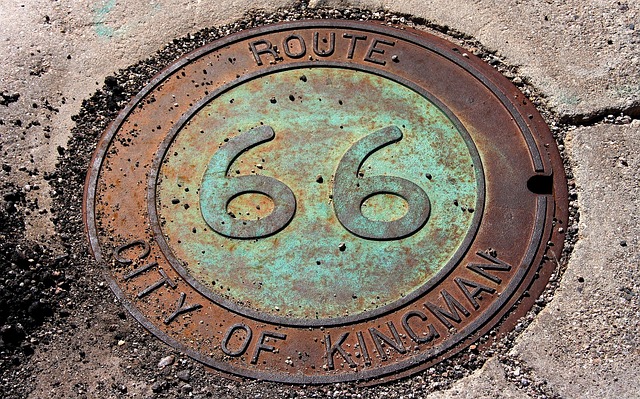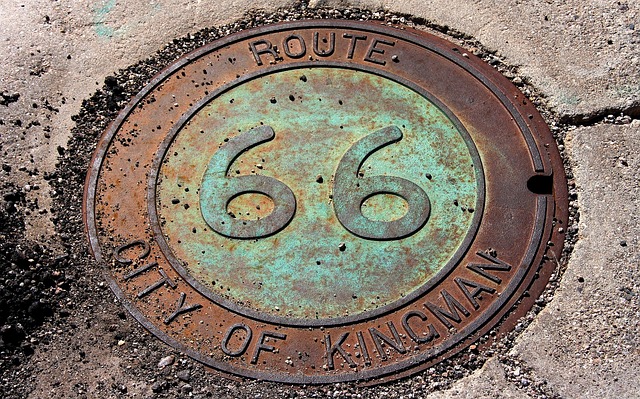Small towns face a delicate balance between commercial growth and preserving their warm community atmosphere. Increasing demand from outsiders creates challenges and opportunities for real estate developers who must prioritize sustainable development, local character, and infrastructure. By collaborating with residents and businesses, these towns can adopt strict zoning regulations to preserve historic sites, green spaces, and their unique identity while accommodating new enterprises. This strategic approach ensures that commerce flourishes without compromising the intimate, friendly environment and local economy, making small-town real estate highly desirable for those seeking a connected lifestyle.
In the dynamic landscape of growing commerce, small towns are facing a unique challenge: preserving their friendly, tight-knit communities while adapting to evolving markets. As real estate values rise and development increases, it’s crucial to explore strategies that balance economic growth with the small-town charm that makes these places so desirable. This article delves into the intricate relationship between local commerce, community, and real estate, offering insights on how to navigate this changing environment.
Small-Town Real Estate: Preserving Friendliness in an Evolving Market

In small towns, where close-knit communities and warm hospitality are the norm, the real estate market is experiencing a unique challenge—striking a balance between growing commerce and preserving friendliness. As more outsiders, including young professionals and retirees, are drawn to these picturesque locales, the demand for housing increases. This shift can disrupt the established social fabric, but it also presents an opportunity to foster responsible development that enhances, rather than diminishes, the town’s charm.
Real estate developers play a crucial role in navigating this evolution. By prioritizing sustainable growth and understanding the unique character of each small town, they can create vibrant communities that attract new residents while welcoming long-time locals. This involves thoughtful land use planning, incorporating local design elements, and ensuring adequate infrastructure to support an expanding population without compromising the intimate, friendly atmosphere that makes these towns so appealing.
The Role of Community in Driving Local Commerce

In small towns, a thriving community acts as a powerful catalyst for local commerce. The tight-knit nature of these communities fosters a unique sense of belonging and mutual support, encouraging residents to patronize local businesses. Real estate in such areas often reflects this vibrant atmosphere, with properties positioned near bustling main streets and historic districts that become the heart of social and economic activity. Local shops, cafes, and restaurants become more than just places to buy goods; they become gathering spots where neighbors connect, fostering a sense of community that strengthens the local economy.
This interconnectedness creates a positive feedback loop. As commerce grows, so does the appeal of the town, attracting new businesses and residents alike. The result is a dynamic environment where local enterprises thrive, driven by the supportive network of the community. This mutual dependence ensures that small-town friendliness not only survives but thrives, making it an attractive destination for those seeking a vibrant, connected lifestyle.
Strategies for Balancing Growth and Small-Town Charm

As small towns experience growing commerce, maintaining their distinctive charm becomes a delicate balancing act. One key strategy is to prioritize sustainable development practices in real estate. This means encouraging growth that respects and preserves the town’s historic architecture, green spaces, and community character. Zoning regulations can play a crucial role in steering new developments towards areas that won’t disrupt the small-town feel. For instance, designating specific zones for commercial growth while keeping residential neighborhoods largely untouched.
Moreover, fostering collaboration between local businesses, residents, and government bodies is essential. Community engagement processes ensure that development plans reflect the needs and aspirations of the people who call the town home. Initiatives like public consultations, community surveys, and partnerships with local organizations can help create a harmonious blend of new enterprises and existing small-town charm, ensuring both commerce and friendliness thrive together.






